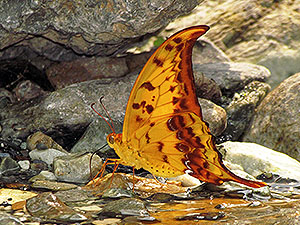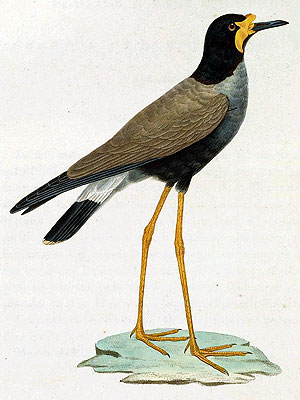Wilhelmina’s Rhododendron (Rhododendron wilhelminae)
Wilhelmina’s Rhododendron, described in 1925, is known from only a single locality in the vicinity of the crater of Mt. Salak in the Gunung Halimun Salak National Park on the island of Java, Indonesia, where it was found growing amongst other shrubs at an elevation of about 1350 m.
The taxon was not found since its description and may be extinct now.
However, it may, however, not be a real species but instead a natural hybrid of the Javan Rhododendron (Rhododendron javanicum (Blume) Benn.) and the Malayan Rhododendron (Rhododendron malayanum Jack) (see photo below), which obviously both grow at the same locality.
*********************

Photo: Dick Culbert
https://creativecommons.org/licenses/by/2.0/deed.de
*********************
edited: 19.02.2023




